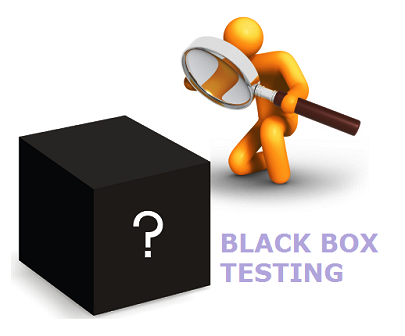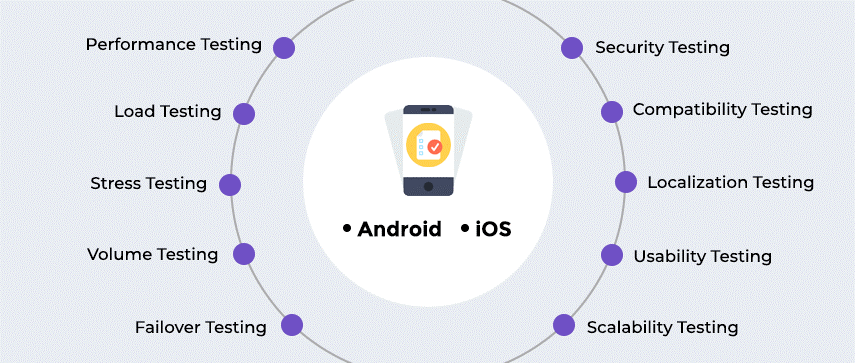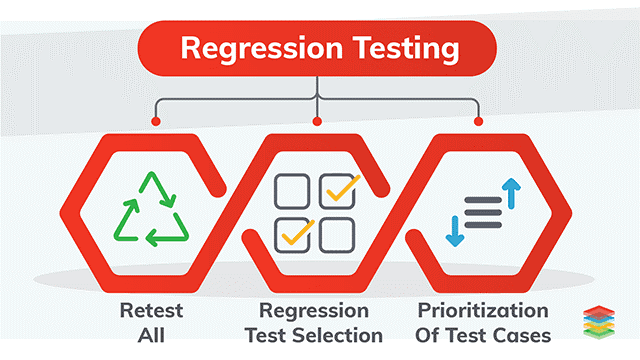| Usama Muhammad

What is Black Box Testing?
Black Box Testing is a software testing method in which the functionalities of software applications are tested without having the knowledge of internal code structure, implementation details and internal parts. Black Box testing mainly focus on input and output of the software and it is entirely based on software requirements and specifications. It is also known as Behavioral, eye-to-eye or closed box Testing.
Majority of the applications are tested by Black Box method. We need to cover the maximum test cases so that most of the bugs will get discovered by a Black-Box method. This testing occurs throughout the software development and Testing Life Cycle i.e in Unit, Integration, System, Acceptance, and Regression Testing stages. This can be both Functional or Non-Functional.
How to do Black Box Testing?
Here are the generic steps followed to carry out any type of Black Box Testing.
- Initially, the requirements and specifications of the system are examined
- the tester creates a positive test scenario and an adverse test scenario by selecting valid and invalid input values to check that the software is processing them correctly or incorrectly
- the tester develops various test cases such as decision table, all pairs test, equivalent division, error estimation, cause-effect graph, etc
- Tester determines expected outputs for all those inputs
- Software tester constructs test cases with the selected inputs
- The test cases are executed
- Software tester compares the actual outputs with the expected outputs
- Defects if any are fixed and re-tested
Types of Black Box Testing
There are many types of Black Box testing but the following are the prominent ones:
-
Functional Testing

It is a type of Black box testing. It is concerned about “does this actually work?”. This type of testing the software is to ensure the requirements of an application or software, verifying that either the app or software works as per customer needs. Functional Testing basically concerned about what will be the result of this executing process
-
Non-Functional Testing

It is a type of software testing to test the non-functional parameters like performance, load test, reliability, security, portability, flexibility, reusability, etc. The main purpose of the non-functional testing is to check how much the software is relatable to the User Experience goals, the readiness of the software, the speed of the software. Non-functional testing cannot start before the functional testing.
-
Regression Testing

Regression Testing is defined as the type of software testing to confirm that a recent program or a change in code has not adversely affected existing features. Regression Testing is nothing but a full or partial selection of already executed test cases which are re-executed to ensure existing functionalities work fine.
Black Box Testing Techniques
There are many types of techniques which is used to perform black box testing. But few of them are listed below:- Equivalence Class Partitioning: Equivalence partitioning is a technique of software testing in which input data divided into partitions of valid and invalid values, and it is mandatory that all partitions must show the same result. It is used to minimize the number of possible test cases to an optimum level while maintains reasonable test coverage
- Boundary Value Analysis: Boundary value testing is focused on the values at boundaries. This technique determines whether a certain range of values are acceptable by the system or not. It is very useful in reducing the number of test cases. It is most suitable for the systems where an input is within certain ranges
- Decision Table Technique: A decision table puts causes and their effects in a matrix. There is a unique combination in each column. It is appropriate for the functions that have a logical relationship between two and more than two inputs
- State Transition Technique: State Transition Technique is used to capture the behavior of the software application when different input values are given to the same function. This applies to those types of applications that provide the specific number of attempts to access the application
- Error Guessing Technique: Error guessing is a technique in which there is no specific method for identifying the error. It is based on the experience of the test analyst, where the tester uses the experience to guess the problematic areas of the software
Conclusion
Black Box Testing is a basic type of software testing, without doing it nothing software can be developed. To perform black box testing, testers should be aware about the requirements and needs to give full concentration on it. There are many sub types of black box testing and also there are many other types of black box techniques which will discuss further in the next blogs.Learn more about Imperium's Power App Services. We hope this information was useful, and we look forward to sharing more insights into the Power Platform world.

